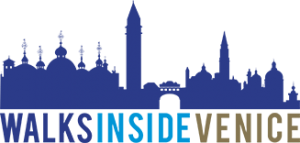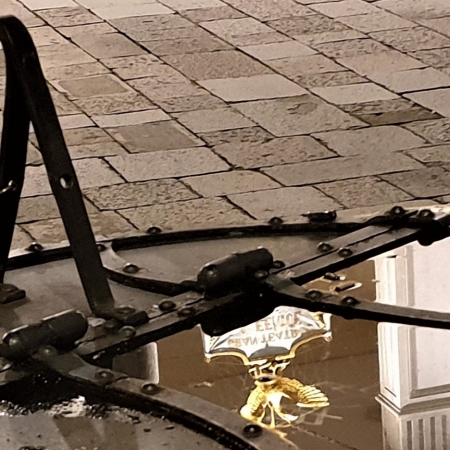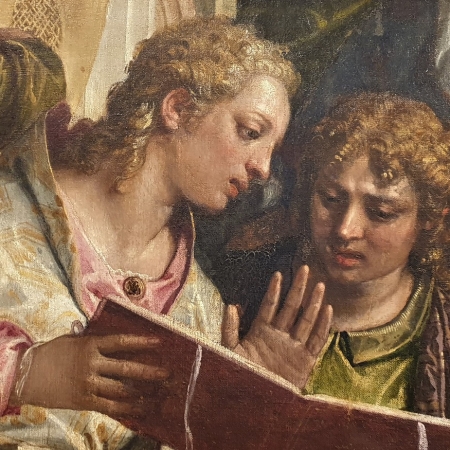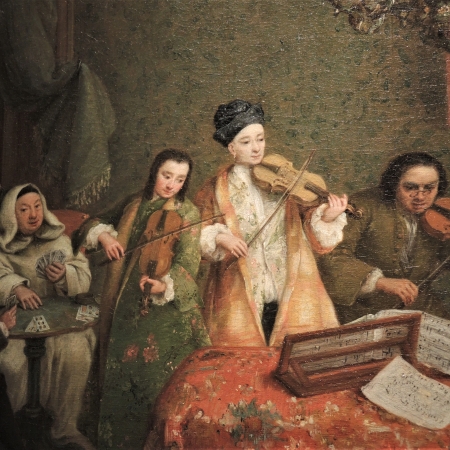MUSIC IN VENICE
“When I seek another word for music, I always find only the word Venice.” (Friedrich Nietzsche, Ecce Homo).
Our Music in Venice tour begins in St Mark’s Basilica, once the private chapel of the Doges’ Palace.
Aware of the sound delay caused by the distance between opposing choir lofts, 16th-century composers (like the Flemish Adrian Willaert) started to write antiphonal music, where different choirs would sing contrasting phrases of music, united by the sound of organs.
Artists like Cipriano de Rore, Gioseffo Zarlino, Andrea, and Giovanni Gabrieli created great works suited to Venice’s unique religious traditions and received international acclaim.
Our second destination is the Ospedale della Pieta’, the most famous institution for abandoned and unwanted children in Venice.
For this orphanage that Antonio Vivaldi, employed for many years as the violin teacher for the ‘figlie del coro’ wrote a good deal of his music while also writing music for the many opera theaters in town.
On display are some authentic instruments played by choir members, and original musical scores by the great master.
We also visit the Church of La Pieta’, where the girls (hidden behind tall metal screens) performed their celebrated concerts.
HIGHLIGHTS
- St Mark’s Basilica with visit to the upper galleries
- Church of La Pietà, in the wake of Vivaldi
- Gran Teatro La Fenice
MORE ABOUT
THIS TOUR
Music in Venice was everywhere, as you can see in hundreds of paintings that depict children, men and women holding musical instruments, regardless of their social class.
The Ducal orchestra played every day for an hour in St Mark Square, and all public festivities required the sound of music.
Virtuosos singers frequently played in private homes and gambling houses.
Church masses, accompanied by music and choir, lasted a few hours. Public “Ospedali”, institutions for abandoned children, provided girls excellent musical education for daily sermons in the churches during services.
Due to its importance in international trade, by the 16th century, Venice had become the capital of music publishing and instrument production.
In 1637 Teatro Tron was the first Opera House opened to the public, in the parish of San Cassiano.
DRESS CODE AND ADVICE
- No shorts, no sleeveless shirts. Knee high skirts and short sleeves are ok!
- St. Mark’s Basilica is not accessible to visits on Sunday mornings (religious services)
- Pietà Church is closed on Mondays
- Teatro La Fenice is open every day though variation in the schedule may occur for artistic or technical reasons.
COST
- This tour lasts three hours and costs 330 euros up to six people (not per person), only private parties. For larger parties send us an email!
- Museum fees per person:
- Priority entrance to St Mark’s Basilica 7 euros
- Pietà Church 3 euros
- Teatro La Fenice 12 euros (full rate) – 9 euros (reduced rate)












